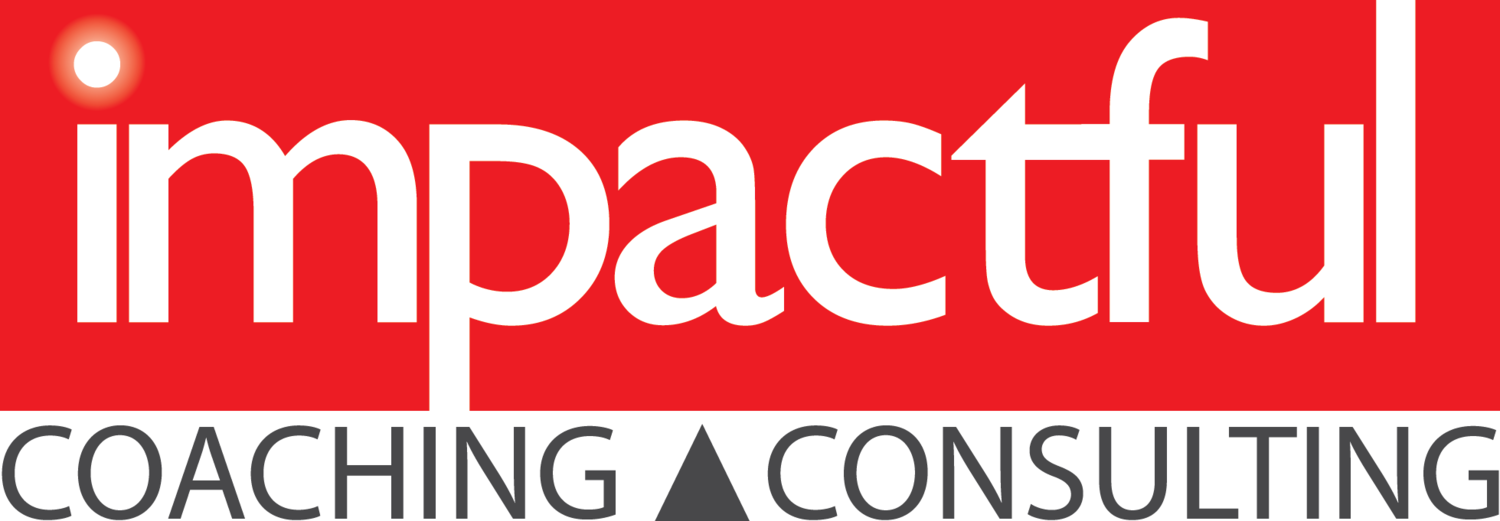For leaders, the letter “I” represents three key elements in their ultimate success. These elements build from the inside out, starting with one’s core identity and purpose and extending far beyond self. They remind us of what we can do and become when we solidify our core and make others’ success our focus.
They are: (1) integrity, (2) influence and (3) impact.
Integrity helps us become the best versions of ourselves and communicates what we stand for.
Influence allows us to direct and augment the work of others.
Impact is all about results. We create impact when we achieve our goals.
These three do not exist in a vacuum. In fact, they lead one into the next.
When we’re in integrity (A), we become more influential (B). This, in turn, drives results, magnifying our impact (C).
Read More









